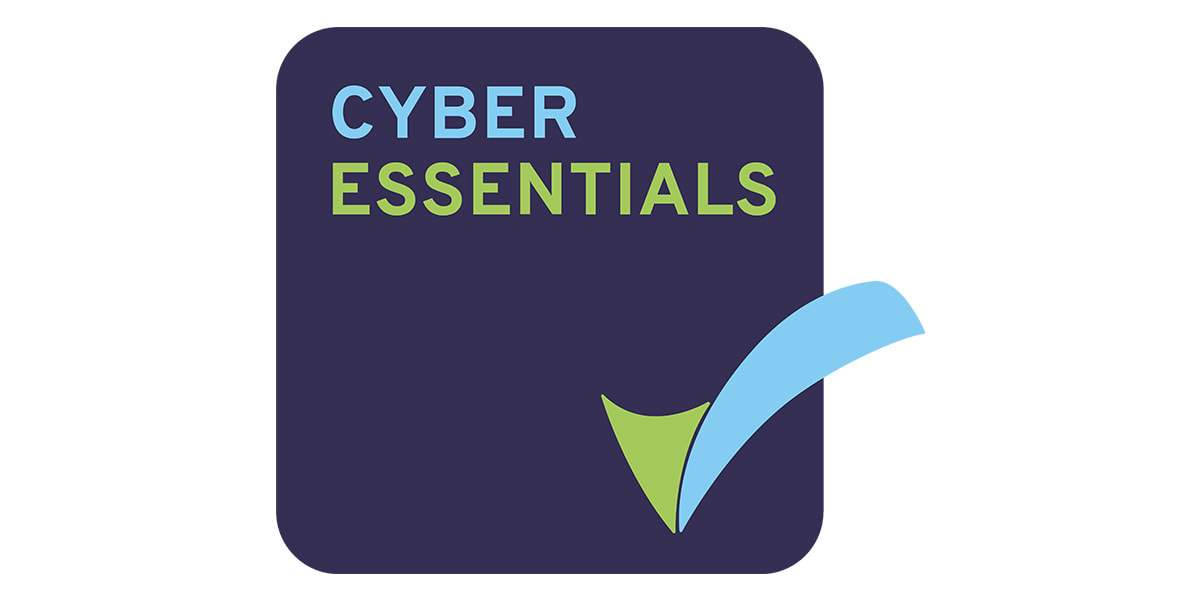HackerMit Use Case
To enable Hackathon outcomes to scale it appears wise to help attendees to deal with the Technology, Resources, Innovation and Process (TRIP) hazards that cause people to 'drop the ball' after a hackathon.
These hazards are sometimes known prior to a hackathon, often they only become apparent during the creative process of people coming together during a hackathon.
It therefore appears wise to help people identify and rank these hazards at a Hack, then to build and test a chatbot (HackerMit) at the hackathon to help them mitigate TRIP Hazards after the event.
The HackerMit programme of work:
These hazards are sometimes known prior to a hackathon, often they only become apparent during the creative process of people coming together during a hackathon.
It therefore appears wise to help people identify and rank these hazards at a Hack, then to build and test a chatbot (HackerMit) at the hackathon to help them mitigate TRIP Hazards after the event.
The HackerMit programme of work:
Hackathon attendees can propose TRIP Hazards and vote on their significance a QR Code Above
During the evening of Day 1, the ranked TRIP Hazards are used to develop a free-to-use Q&A TRIP Mitigation advice tool (HackerMit)
The User experience would be similar to the bot shown below. The new bot would replace the bot shown below on the morning of the second day of the hackathon.
At 1130 on the sector day HackerMit bot will be aligned with User Acceptance Training feedback, and the above bot will be replaced.
At that point no further development will be undertaken.
At 1130 on the sector day HackerMit bot will be aligned with User Acceptance Training feedback, and the above bot will be replaced.
At that point no further development will be undertaken.



